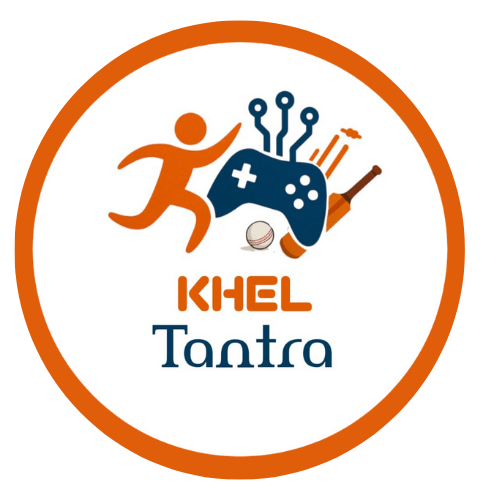If you are a student, fresher, or self-taught developer wondering how to break into open source—don not worry, I have been there. The first time I opened a GitHub repo to contribute, I stared at the screen for hours, unsure what to do. But once you break the ice, open-source can genuinely shape your career, skills, and confidence.
In this guide, I will walk you through how to get started with contributing to open-source projects—even if you are new to coding. No fluff. Just real, practical advice.
What Is Open Source, Really?
In simple language, open-source software is code that’s publicly available. Anyone can read it, use it, update it, or contribute to it. Some of your favorite tools like VS Code, React, Python, or even Linux are all open-source.
But open source isn’t just about code. It’s about community, collaboration, and learning.
A recent study showed that 66% of companies prefer open-source solutions before considering paid software. So yeah, open-source is everywhere.
Why Should You Contribute?
Let’s be honest—if you really want to grow as a developer, there’s nothing better than contributing to open source. Here’s why it’s such a game-changer:
- You will Develope a Real Portfolio
Forget those basic side projects. Open source gives you solid, real-world work you can proudly show on GitHub or LinkedIn. - You will Learn How Real Codebases Works
You’ll dive into production-level code, not just simple demo apps. It’s the kind of experience that truly sharpens your skills. - You will Find Improvement at Communication & Teamwork
Collaborating with developers around the world teaches you how to give and receive feedback, work through code reviews, and communicate clearly. - You will Gain More Confidence
There’s no better feeling than seeing your pull request get merged. It’s a huge confidence booster. - You will Get Noticed
Recruiters love seeing active GitHub profiles. Contributing to open source shows you’ve got real-world experience—and that you take initiative.
Step-by-Step: How To Start Contributing
1. Start with Projects You Use
If you love using a tool or app, start there. You already know how it works, which gives you an edge in understanding what needs improvement.
2. Look for Beginner-Friendly Tags
Websites like Good First Issue or First Contributions GitHub Repo are goldmines.
Search for tags like:
good first issuebeginnerhelp wanted
3. Read the Docs (Seriously)
Every serious project has a README.md and a CONTRIBUTING.md file. These tell you:
- How to set up the project locally
- How to contribute
- Code formatting or guidelines
Skipping this is the fastest way to get your PR rejected.
4. Start Small
You do not need to fix a bug in the core logic on day one. Try these instead:
- Fix a typo in the documentation
- Improve instructions in the README
- Update outdated links or code comments
- Help with translations
Each of these is a valid contribution.
5. Ask Before You Act
If you’re planning something big, like a feature, open an issue or comment first. Ask:
“Hey! I’d love to work on adding X. Is that okay?”
This saves time and shows respect for the maintainers.
6. Use Git the Right Way
You’ll need Git and GitHub. Learn how to:
- Fork a repo
- Clone it
- Create a branch
- Push your changes
- Create a Pull Request (PR)
There are tons of YouTube tutorials for this. (Or comment below—I’ll share my personal favorite links.)
What If I’m Nervous?
Everyone is scared of their first pull request. What if it gets rejected? What if I mess up?
Let me tell you: that’s normal. Even experienced developer get their PRs rejected. It’s part of the process. You’re learning, and you’re showing initiative—that’s what matters.
“Start small. Fix a typo. Get comfortable. Grow from there.”
The open-source community is generally supportive, especially when you’re kind, honest, and eager to learn.
Communication is Key
Open source is all about collaboration. Always:
- Be polite in your messages.
- Be clear about what you’re changing and why.
- Be open to feedback and suggestions.
This helps you become part of the community, not just a contributor.
What If Things Go Wrong?
Sometimes your pull request won’t be accepted. Or maybe the maintainers never reply. It happens. Don’t take it personally.
Here’s what you can do:
- Try another issue in the same project
- Look for a different beginner-friendly repo
- Keep going — consistency wins
There are thousands of amazing open-source projects waiting for contributors like you.
You Don’t Need to Be a Coding Pro
Here are non-code ways to contribute:
- Docs: Fix typos, write better instructions
- Translations: Translate to your native language
- UI/UX: Suggest small visual improvements
- Bug Reports: Report and help replicate issues
- Community Support: Help answer questions, write blogs or tutorials
You can still help even if you’re learning.
Ready to Start?
If you’re excited but don’t know where to begin, here are a few links I recommend:
Final Words: Just Hit “Commit”
You won’t be perfect the first time. Or the second. That’s okay. You’re showing up, learning, and improving—and that’s the best thing you can do as a fresher or self-learner.
The first step is the hardest. But trust me, once you take it, you’ll never look back.
If you want a personal suggestion or help reviewing your first PR, feel free to reach out. Happy coding!







